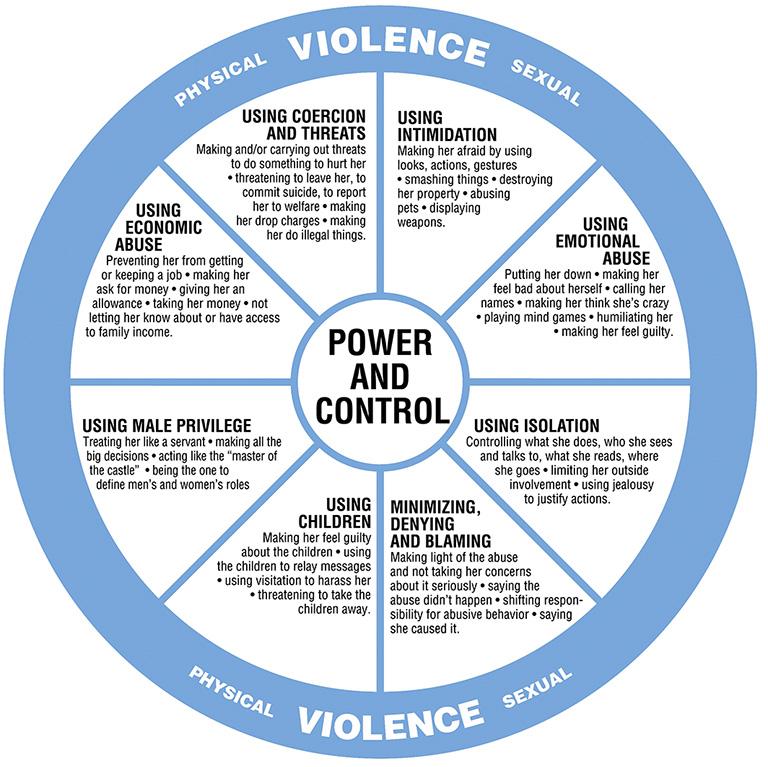When we think about family, the first words that often come to mind are love, support, and safety. But what happens when the very people meant to nurture us become sources of emotional pain instead? Emotional abuse within families is a hidden wound—often invisible to outsiders, yet deeply scarring for those who experience it. What fuels this kind of behavior? Why does emotional abuse take root in family relationships, and how can we begin to understand what’s really going on beneath the surface? In this article, we’re diving into the complex world of emotional abuse in families, unpacking its origins, patterns, and the sometimes surprising factors that keep it alive. Let’s explore together what’s behind this difficult reality—and why breaking the silence could be the first step toward healing.
Table of Contents
- Understanding the Hidden Signs of Emotional Abuse in Family Dynamics
- Exploring the Psychological Roots Behind Emotional Manipulation
- How Emotional Abuse Shapes Self-Worth and Relationships Over Time
- Practical Strategies for Healing and Breaking the Cycle in Your Family
- Final Thoughts
Understanding the Hidden Signs of Emotional Abuse in Family Dynamics
Emotional abuse often flies under the radar in family settings because its signs are subtle and easily dismissed as typical conflicts or personality clashes. It thrives on manipulation, control, and silent power struggles that chip away at one’s self-esteem and sense of safety. Unlike physical abuse, the wounds here are invisible yet deeply corrosive, manifesting as persistent criticism, gaslighting, or emotional neglect. Family members might feel isolated, second-guess their own feelings, or become hyper-aware of walking on eggshells just to avoid conflict. Recognizing these hidden cues requires keen observation and a willingness to question the normalcy of seemingly minor but consistent emotional injuries.
Some common but overlooked indicators include:
- Chronic feelings of shame or guilt when interacting with certain relatives
- Sudden withdrawal from family gatherings without clear reasons
- Patterns of inconsistent affection followed by coldness
- Subtle put-downs disguised as jokes that erode confidence over time
- Being blamed for things beyond one’s control, such as another’s emotions
By tuning into these signals, families can begin to dismantle unhealthy dynamics and move toward empathy, open communication, and healing.
Exploring the Psychological Roots Behind Emotional Manipulation
At the core of emotional manipulation lies a complex interplay of psychological factors, often stemming from early experiences and unmet needs. Individuals who resort to controlling others’ emotions frequently struggle with deep-seated insecurities or unresolved trauma. These root causes can manifest as attempts to maintain power or control, compensating for feelings of vulnerability or abandonment. Understanding this dynamic invites us to consider how *unconscious patterns* perpetuate harmful behavior, creating cycles that repeat across generations.
Some common psychological triggers behind these manipulative behaviors include:
- Fear of Rejection: Manipulators often fear being abandoned or unloved, leading them to use guilt or emotional coercion to keep others close.
- Low Self-Esteem: A fragile self-image drives individuals to control external circumstances, disguising their internal uncertainty.
- Learned Behaviors: Exposure to emotional abuse in childhood can normalize manipulation as a survival mechanism.
How Emotional Abuse Shapes Self-Worth and Relationships Over Time
Emotional abuse, often subtle and insidious, gradually erodes the foundation of self-worth. When criticism, neglect, or manipulation become the norm in a family environment, individuals start internalizing a message that they are unworthy or somehow flawed. Over time, this internal dialogue becomes so ingrained that it feels like an undeniable truth rather than the harmful distortion it is. This skewed self-perception not only diminishes confidence but can lead to chronic feelings of shame and anxiety, making it difficult to trust one’s instincts or value personal boundaries.
The ripple effect extends far beyond individual self-esteem, deeply impacting the dynamics of future relationships. Patterns established through emotional abuse often manifest as difficulty forming healthy attachments, fear of vulnerability, or a tendency to replicate dysfunctional behaviors. People affected tend to struggle with:
- Setting and maintaining boundaries out of fear of rejection or anger
- Recognizing and accepting love, sometimes settling for toxic connections
- Communicating needs openly without guilt or self-doubt
Understanding these long-term consequences invites compassion and patience — not only from others but crucially from the individuals themselves. Healing from emotional abuse is less about erasing the past and more about rewriting the internal narrative, allowing space for growth, self-acceptance, and the creation of genuinely supportive relationships.
Practical Strategies for Healing and Breaking the Cycle in Your Family
Breaking free from the shadows of emotional abuse requires conscious effort and compassion towards yourself and your family. Begin by acknowledging the pain without judgment—this opens the door to authentic healing. Engage in open conversations where everyone’s feelings are validated, creating a safe environment for expression. Professional support, such as therapy or counseling, can offer transformative insights and tools for emotional regulation and conflict resolution. Remember, healing is not linear; it often involves setbacks but also meaningful growth.
Practical steps to disrupt harmful cycles include setting clear boundaries and adopting new patterns of communication. Focus on active listening and empathy, which can soften old defenses and build trust. Encourage family members to develop self-awareness through journaling or mindfulness practices, fostering emotional intelligence that guards against repeating negative behaviors. Simple rituals of appreciation or shared activities can reinforce bonds and signify a fresh start. Here are some strategies that can aid this journey:
- Establishing regular family check-ins to discuss emotions openly
- Practicing forgiveness — not for erasing hurt, but for releasing resentment
- Using “I” statements instead of accusatory language during conflicts
- Creating a written commitment to healthier communication styles
- Celebrating small victories and progress to encourage continued effort
Final Thoughts
As we’ve explored, emotional abuse in families is complex, often woven into patterns of pain, misunderstanding, and unspoken wounds. It’s not always easy to spot or talk about, but shining a light on what’s behind it is a crucial step toward healing. By staying curious and compassionate, we can begin to unravel these hidden dynamics and support healthier, kinder relationships. If this topic resonates with you, keep asking questions, seeking understanding, and remember—every family story has many layers waiting to be uncovered.











